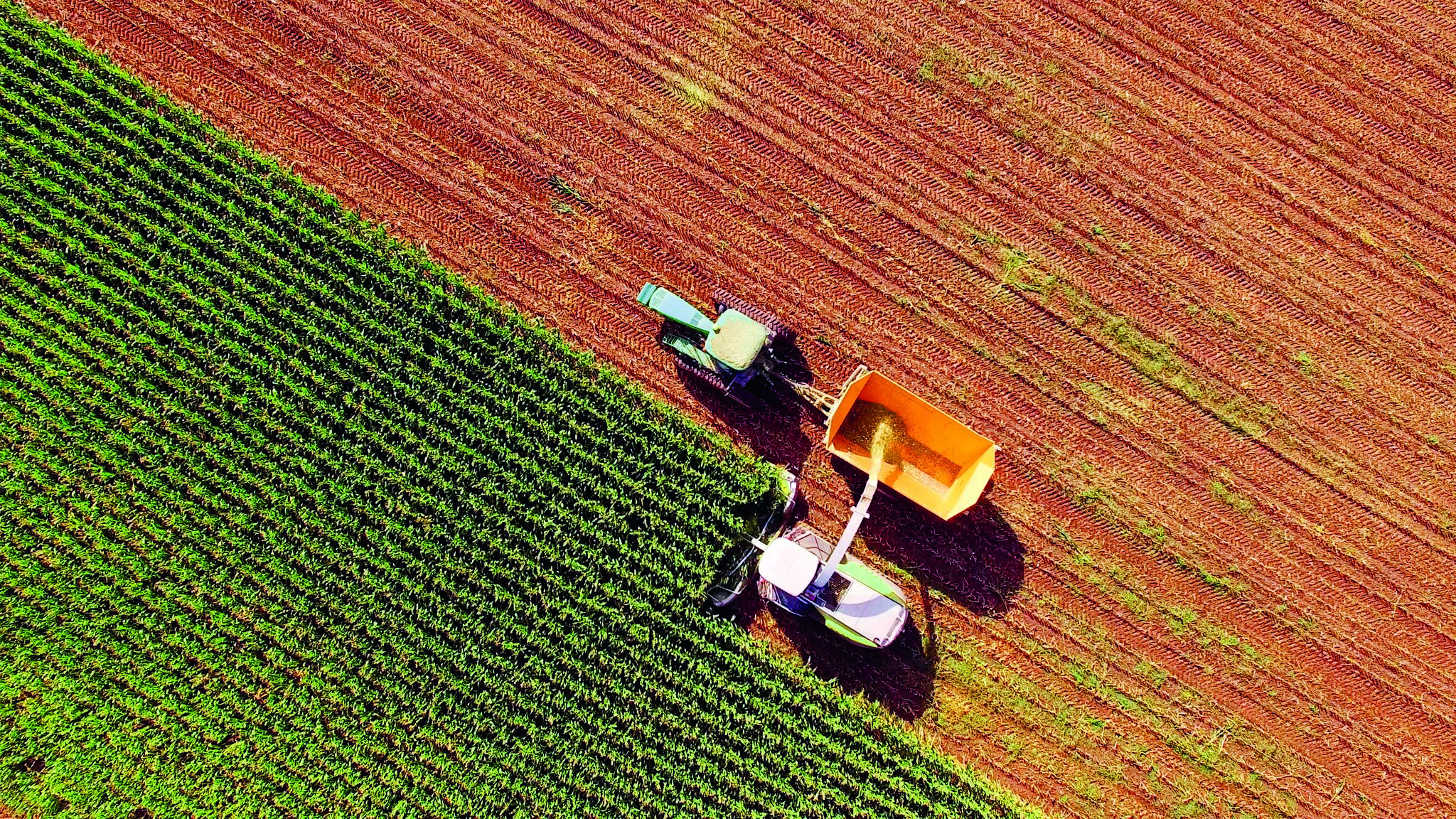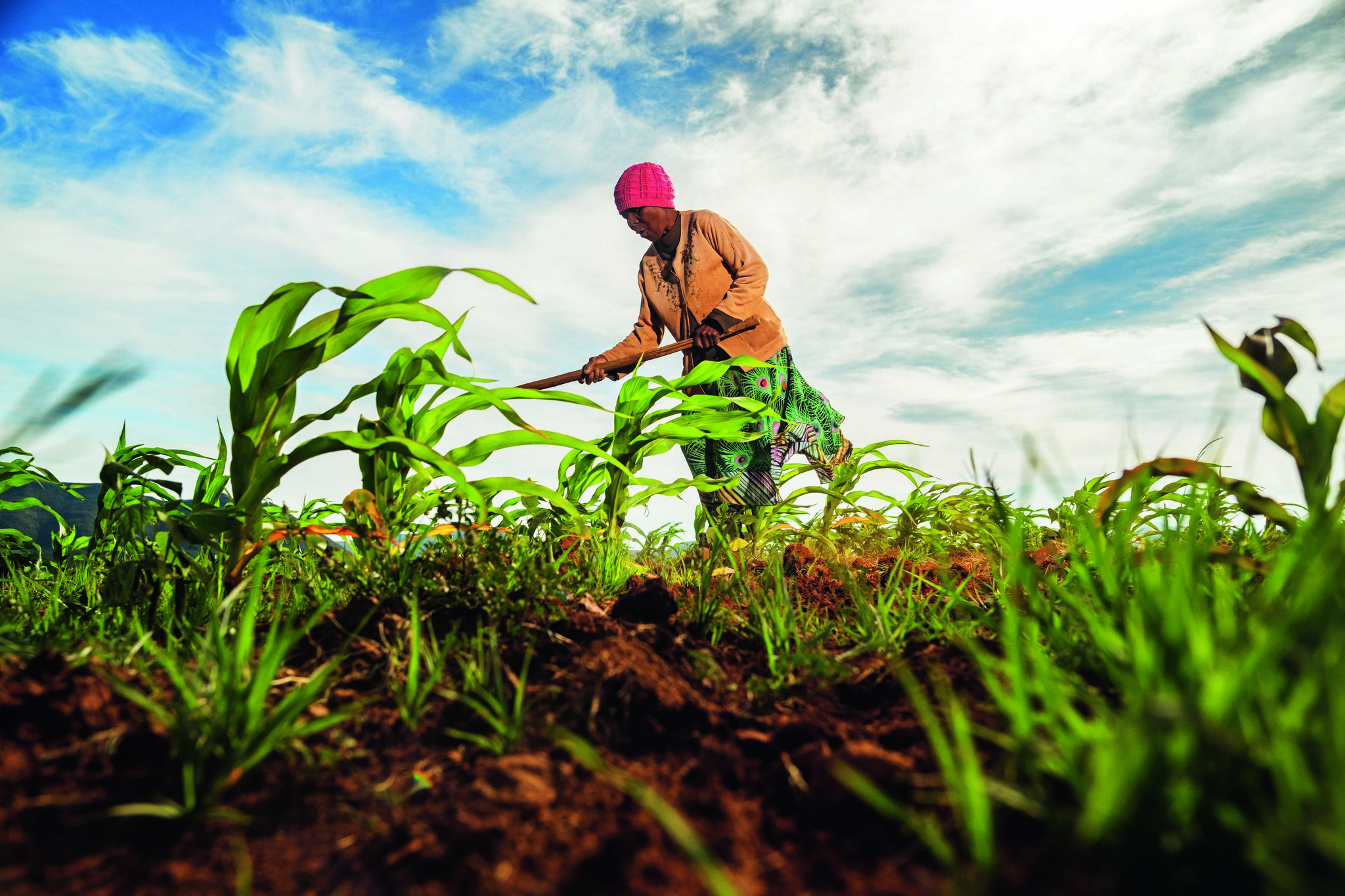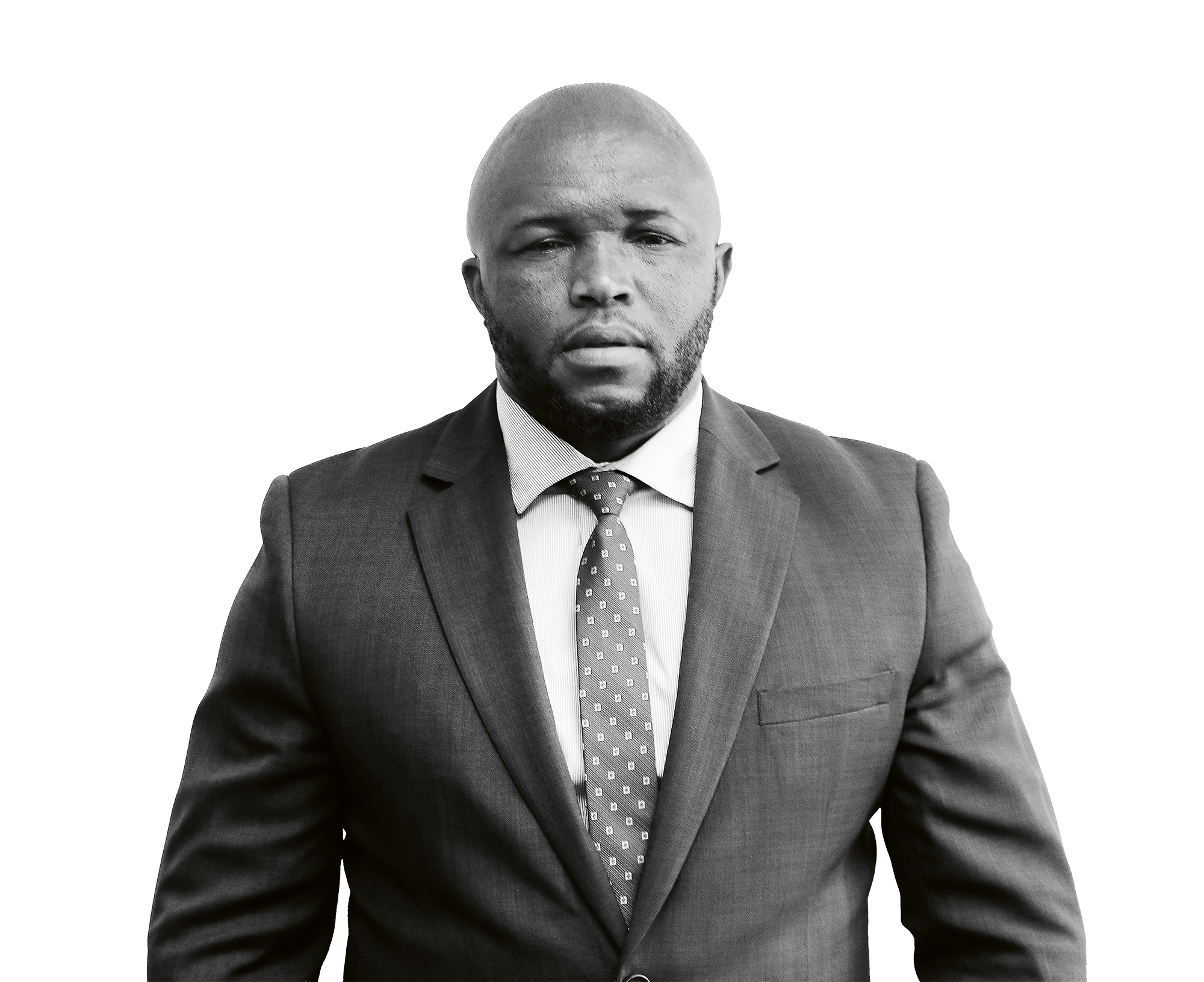

Fighting
FOOD
insecurity

When the United Nations Sustainable Development Goals were created in 2012, the 2030 deadline felt like we had all the time in the world to achieve them. Now, this deadline is around the corner.
read time: 5 min

by Thabile Nkunjana


THE LATEST UNITED NATIONS (UN) report tracking the Sustainable Development Goals (SDGs) shows worrying global development stagnation. Only 17% of the goals are on track, nearly half are progressing moderately at best, and over a third have stalled or regressed.
SDG 2 (zero hunger) is among those that have regressed. In the seven years between 2017 and 2024, global inequality has widened, food insecurity has increased and malnutrition has worsened – leaving just five agricultural seasons to achieve the targets set out in the UN’s Agenda 2030.
Food insecurity has far-reaching consequences and makes the 16 other SDGs more challenging to achieve. Food is one of the building blocks at the base of Maslow’s hierarchy of human needs. You cannot educate a hungry child. People cannot be productive at work when constantly hungry and undernourished. When food is consistently scarce, everything else becomes a luxury.
Given the existing levels of food insecurity in Africa and the predicted population growth on the continent, the situation will worsen. Despite being one of the most food-secure African countries, South Africa is not exempt. Statistics South Africa data shows that middleclass households spent about 34% of their salaries on groceries in 2023. That figure was as much as 50% for the lowest-income earners. In 2014, these figures were roughly 10% for non-poor households and 34% for poor households.
None of this is news. The figures are out there for anyone to see and can be disheartening. Yet there are organisations and individuals who are using them as a point of departure to make a difference on the ground.

“Food is one of the building blocks at the base of Maslow’s hierarchy of human needs.”

GOING BEYOND FINANCING
The International Fund for Agricultural Development estimates that Africa’s 33 million smallholder farmers account for up to 70% of the continent’s food supply – despite having relatively low productivity levels. For example, smallholder farmers in South Africa grow about 1.8 tonnes of maize per hectare, while commercial farmers produce 6.4 tonnes per hectare. The comparison is similar in the rest of Africa.
This shows that Africa does have the potential to meet its own needs. Yet it continues to be a net importer of food. Climate change aside, poor productivity, low mechanisation and policy mismatch are among the roadblocks towards rebalancing the imports-exports scale. All this hinges on consistent investment.
While financial access remains essential for small-scale farmers seeking to expand their operations, a rural development foundation in South Africa, Lima, has proven that providing technical expertise and infrastructure goes a long way to supporting small-scale agriculture and improving food security.
Lima is active in four provinces in South Africa: KwaZulu-Natal, Limpopo, Eastern Cape and Mpumalanga. The organisation works with around 15 000 farmers to provide education on nutrition and diet, basic agricultural training, and where possible, infrastructure grants.
Since its inception in 1989, Lima has grown to provide technical support to 15 other food security NGOs. Its projects have included the development of broiler projects, organic homesteads, community and school gardens, and rainwater harvesting. Lima has also produced instructional videos and teaching materials for household composting, traditional food preparation, and garden-pest and disease control.
Over 5 000 vulnerable South African households benefitted from their food security programme. They were taught to produce healthy food to sell and eat at home, thus improving their nutritional levels. In Mpumalanga alone, more than 2 000 food gardens were established in 24 villages, and nearly 1 000 beneficiaries received free training on food gardening techniques.
Lima’s farmer-support programme has expanded to 400 medium-scale grain farmers (35 hectares on average) with funding from the French Louis Dreyfus Foundation. These farmers are given loans and assistance with mechanisation to improve their sunflower, maize and bean yields. Lima’s support of a further 800 farmers in Musina and Blouberg in northern Limpopo has helped to increase their productivity considerably and create jobs in the local community.
33
MILLION
The number
of smallholder farmers in Africa
UN International Fund for Agricultural Development
What does it mean to be food secure?
Food security exists when all people, at all times, have physical and economic access to sufficient, safe and nutritious food that meets their dietary needs and food preferences for an active and healthy life.
World Food Summit, 1996

FINDING WAYS FOR SMALL AND MEGA FARMERS TO CO-EXIST
With a few exceptions, African countries do not have mega farms; that is, technologically sophisticated, mass-scale commercial agriculture enterprises. Although Africa has more than half the remaining arable land in the world, to succeed mega farms also need a stable society and the rule of law, secure tenure, infrastructure, reliable power supply and reliable banks and financial services.
Malawi launched its Private Sector Mega Farms Programme in 2023, and Algeria has also formed joint ventures to explore mega farming. South Africa has several mega farms co-existing with its 2.3 million smallholder farmers.
About half of South Africa’s agricultural output, mostly from commercial farmers, is destined for the global market, and the country’s agricultural economy focuses heavily on exports. This creates room for small to medium-sized farmers to step in, fill the void, and supply reasonably priced food to communities, generating employment in the process. However, these farmers are vulnerable to a number of significant challenges, such as cash flow and a lack of access to fertilisers, climate-resilient seeds, financing from commercial banks, and markets.
It is not unusual to find a small-scale vegetable farmer – say, from a village in Limpopo – growing potatoes and cabbages to be sold at formal and informal markets, and several large supermarkets. This farmer has permission to occupy the land they use, but do not hold the title deed.
Despite having contracts in place to supply established outlets in nearby small towns, the farmer’s ability to expand is constrained. They don’t have a formal contract with the landowner and their financial statements aren’t in order. Without them, they cannot get a bank loan.
Many emerging farmers in Africa face similar challenges. While security remains the primary barrier to financing for smallholder farmers in general, they are not without blame. Emerging farmers, like other small businesses in different sectors, make similar mistakes when it comes to record-keeping. In these cases, financial-literacy classes, like those offered by Lima, will help them to get their paperwork in order and have a better chance at getting financial support.
Financial support, as used here, includes small grants to smallholder farmers and large investments, as in Malawi and Algeria. In both cases, it refers to investments that will encourage agriculture to thrive on the continent and turn Africa into an agricultural powerhouse where food security is the norm.





